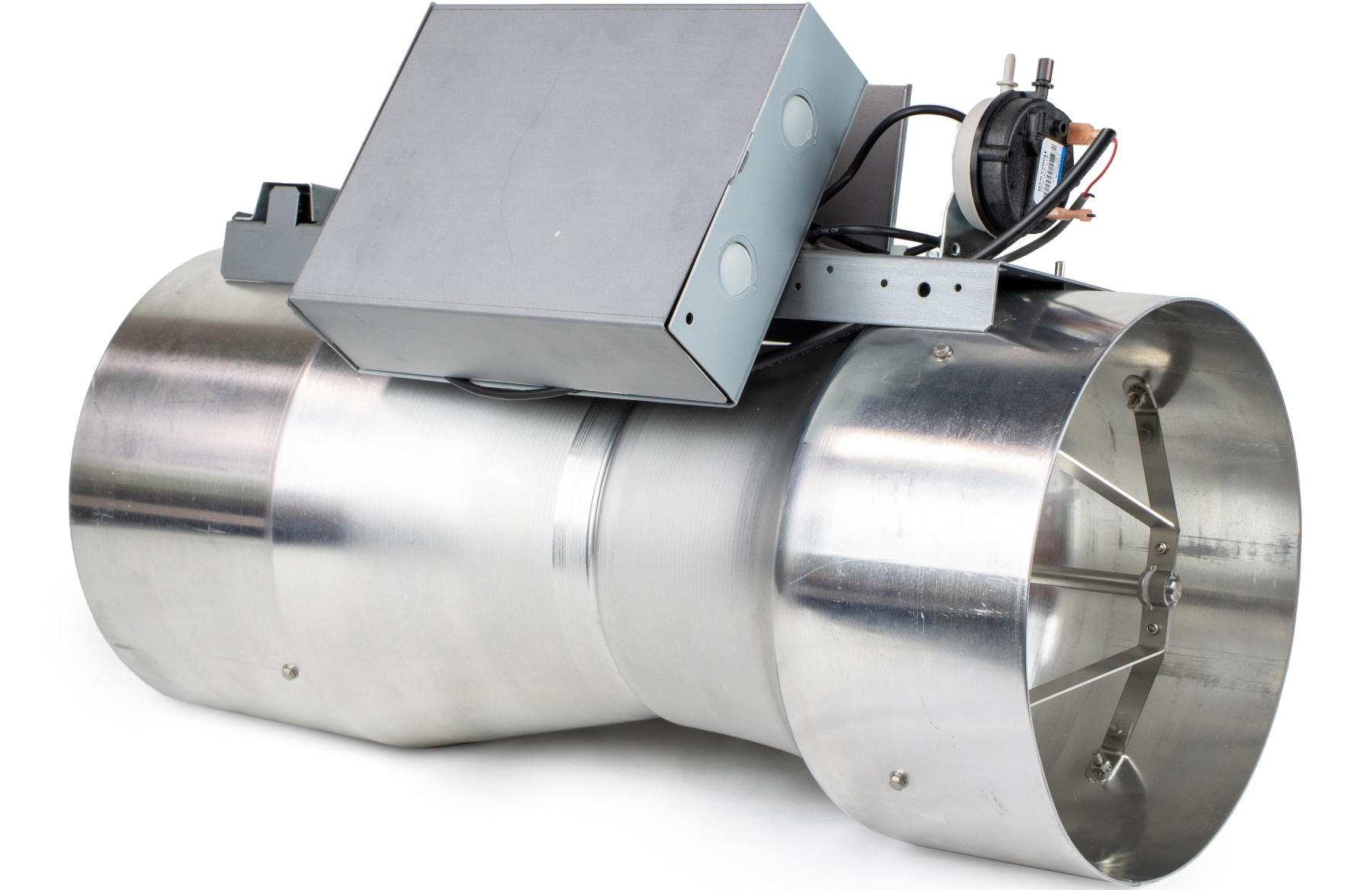Phoenix Controls Monitors Rooms at Hospital
UK HealthCare in Lexington, Kentucky was among the first hospitals in Kentucky to receive COVID-19 patients during the novel pandemic. To help contain the spread of COVID-19 within the facility, the hospital required controlled areas to be monitored by a responsive, effective airflow management system. Phoenix Controls provided an effective solution.

Background
Pavilion A is the newest addition to the University of Kentucky Albert B. Chandler Hospital, the flagship component of UK HealthCare in Lexington, Kentucky. As part of the university’s patient care system, the new building is “dedicated to providing the most advanced, most effective care available, not just in Kentucky but anywhere,” explains UK HealthCare. “UK HealthCare is the power of advanced medicine.”
The healthcare leader was also among the first hospitals in Kentucky to receive Coronavirus (COVID-19) patients during the novel pandemic. To help contain the spread of COVID-19 within the facility, Pavilion A required controlled areas monitored by a responsive, effective airflow management system.
The Situation
Pivoting to respond, the facilities management team was tasked with converting patient rooms spanning two floors into airborne infection isolation rooms (AIIR) with a negative pressure differential. This move is in line with the Centers for Disease Control and Prevention’s (CDC’s) recommendations for airborne transmission cases.
The healthcare team enlisted the help of Affiliated Engineers, Inc.,(AEI) to complete the conversion as quickly as possible. Among the first steps “for the COVID modification involved changing the air balance, changing to negative pressure,” said Chris Aschenbrenner, Commissioning/Field Services at AEI. “To make each isolation room have negative pressure, you have to change the air balance to each room individually, so the exhaust is greater than the supply.” Not only would the specified airflow management system have to monitor and maintain negative pressure, but the solution must also be accurate and easy to operate.
The Solution
The new isolation rooms utilized existing Phoenix Controls venturi valves to maintain control accuracy and reduce the chance of hazardous air spreading throughout the hospital, helping protect the AIIR and neighboring public corridors. The factory-characterized valves can guarantee plus or minus five percent accuracy due in large part to their mechanical pressure independence. As Dave Rausch, critical environment specialist for Phoenix Controls, explains: “mechanical pressure independence is the spring that’s inside the venturi valve’s cone and funnel assembly. It meters flow and neutralizes or negates any pressure fluctuations within the ductwork as the air passes through it. That’s why we get good stable, accurate directional flow.”
Unlike other products on the market that measure airflow and are susceptible to sensor drift, the Phoenix Controls solution remains steady and true thanks to the volumetric offset between the two valves. This involves the exhaust tracking the supply valve to maintain an offset, affording precision directional flow. “Phoenix Controls valves help with the overall quality of the environment. By maintaining accuracy, they’re helping keep patients and staff safer,” Aschenbrenner summed up.

The venturi valves further integrated with Pavilion A’s existing building management system, eliminating a potential headache for the facilities team. “In short, they can switch from one operating mode (i.e. patient) to another (i.e. pandemic), or easily go right back to where they started. Simply set the position to get the desired flow,” said President of Air Equipment Company, Chip Summers, P.E. With less time spent tinkering with complicated airflow controls, professionals can focus their attention on other healthy facility upgrades and maintenance.
The Result
In just two and a half days, Pavilion A’s facilities team changed 100 patient rooms over to AIIR. With Phoenix Controls venturi valves at work in these spaces, AIIR are safer and mitigate the infectious risk, helping protect patients and staff alike in the critical room environment.
From the hospital owner’s perspective, the Phoenix Controls solution also brings savings. Traditional airflow control systems can be costly to clean and service, but the venturi valve design sidesteps this expense by requiring less maintenance. What’s more, the system’s “high turn-down capabilities mean if a room is not in use, you can switch to unoccupied mode and save energy at that point,” Summers shared. With fewer energy expenses and less valve maintenance, Pavilion A can direct funding to where it’s needed most, keeping the hospital nimble and able to respond to future pandemics.
Summers and Rausch both predict that in the “new normal” world, more facilities will follow the healthcare management trend established by UK HealthCare Pavilion A. Assisted by Phoenix Controls airflow management systems, hospitals can absorb surge change by turning patient rooms into isolation rooms and return to normal operating states once the threat of infection has passed. This flexible, adaptable solution means medical applications can live beyond the virus state, ready for whatever comes their way.
For more information, please visit www.phoenixcontrols.com.

